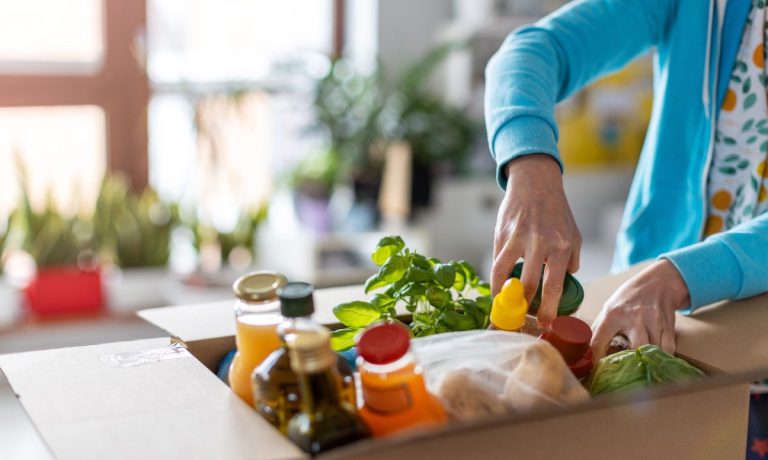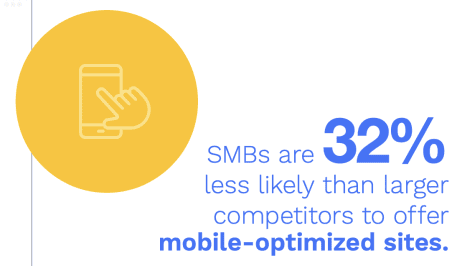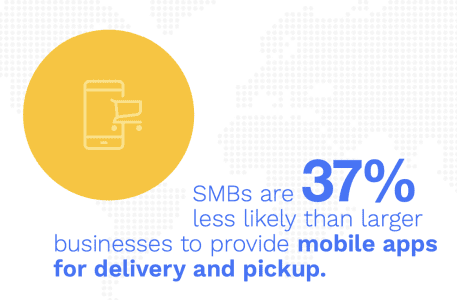
Independent grocers may trail behind industry giants in digital availability, but possibly not for long.
Small grocers are significantly less likely than major players to offer options for online pickup and delivery, but as eGrocery demand only continues to grow, many are either hopping on third-party aggregators or building out their own digital infrastructure.

Last month, for instance, independent grocer Heinen’s, which has 23 locations across Ohio and Illinois, announced that it is switching to fulfilling delivery and pickup orders directly, pulling its stores from Instacart’s marketplace.
“In online grocery today, the biggest shift is from independent retailers relying on others in a way that is not sustainable and not profitable to independent retailers, taking the reins and taking control and investing in this channel, because of all the value that it can create,” Jeff Anders, co-founder and CEO of eGrocery technology company Grocerist, told PYMNTS in an interview.
The company recently launched a solution for grocers on Shopify, powering processes key to online grocery that the platform usually cannot accommodate, such as picking and packing, more flexible substitutions for out-of-stock items and more.

For PYMNTS’ study “The 2023 Global Digital Shopping Index – SMB Edition: How Digital Can Help SMBs Punch Above Their Weight,” created in collaboration with Cybersource, we surveyed more than 3,100 merchants across Brazil, India, Mexico, the United Arab Emirates, the United Kingdom and the United States.
The study found that small and medium-sized businesses (SMBs) are 37% less likely than larger businesses to provide mobile apps for delivery and pickup and 32% less likely than larger businesses to offer mobile-optimized sites. Plus, they are 44% less likely to offer cross-channel digital profiles, which allow consumers to access their personal payment and shipping information regardless of whether they shop in-store or online.